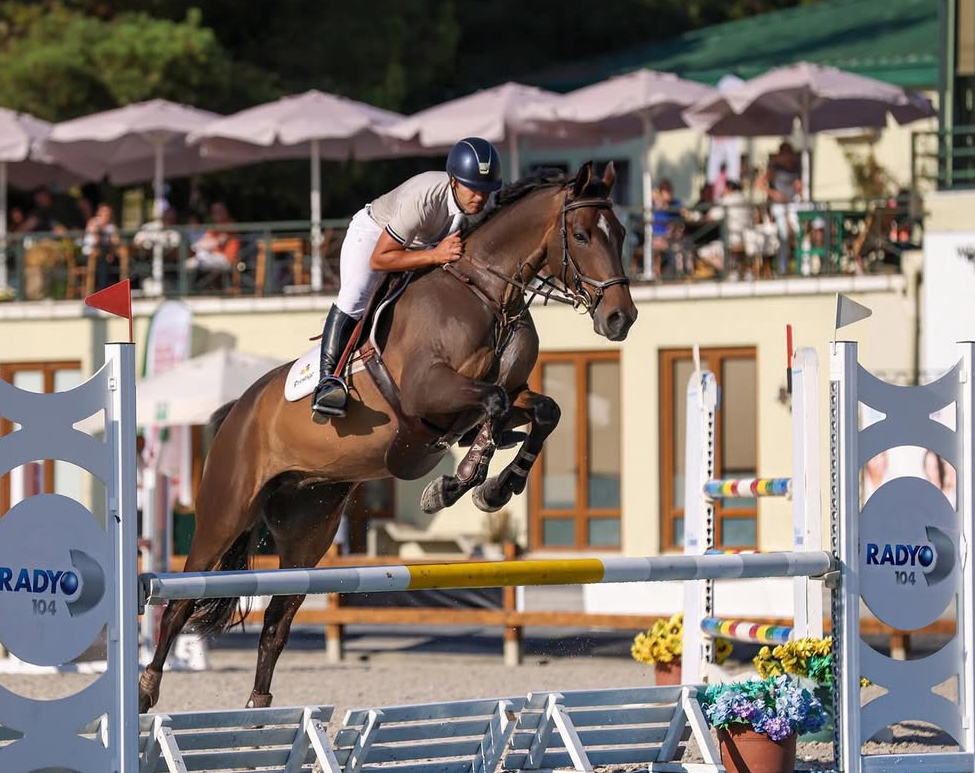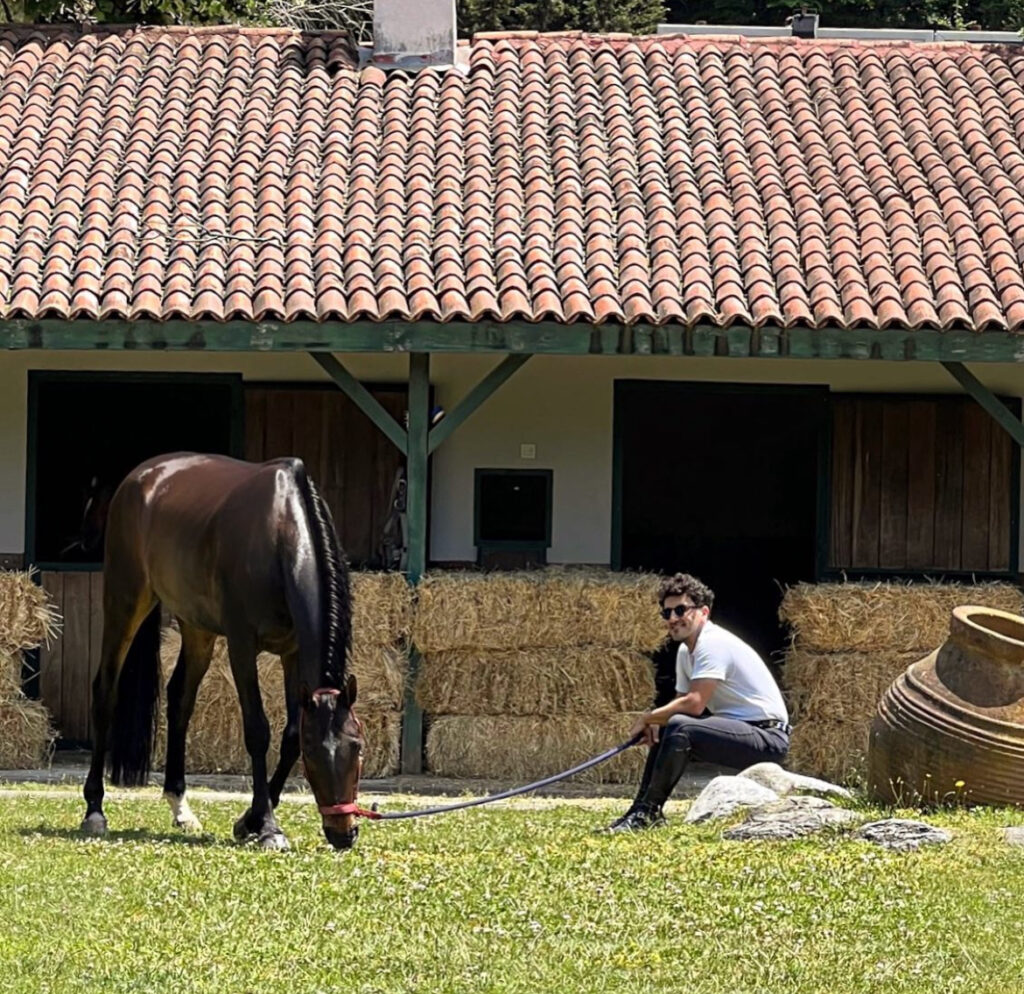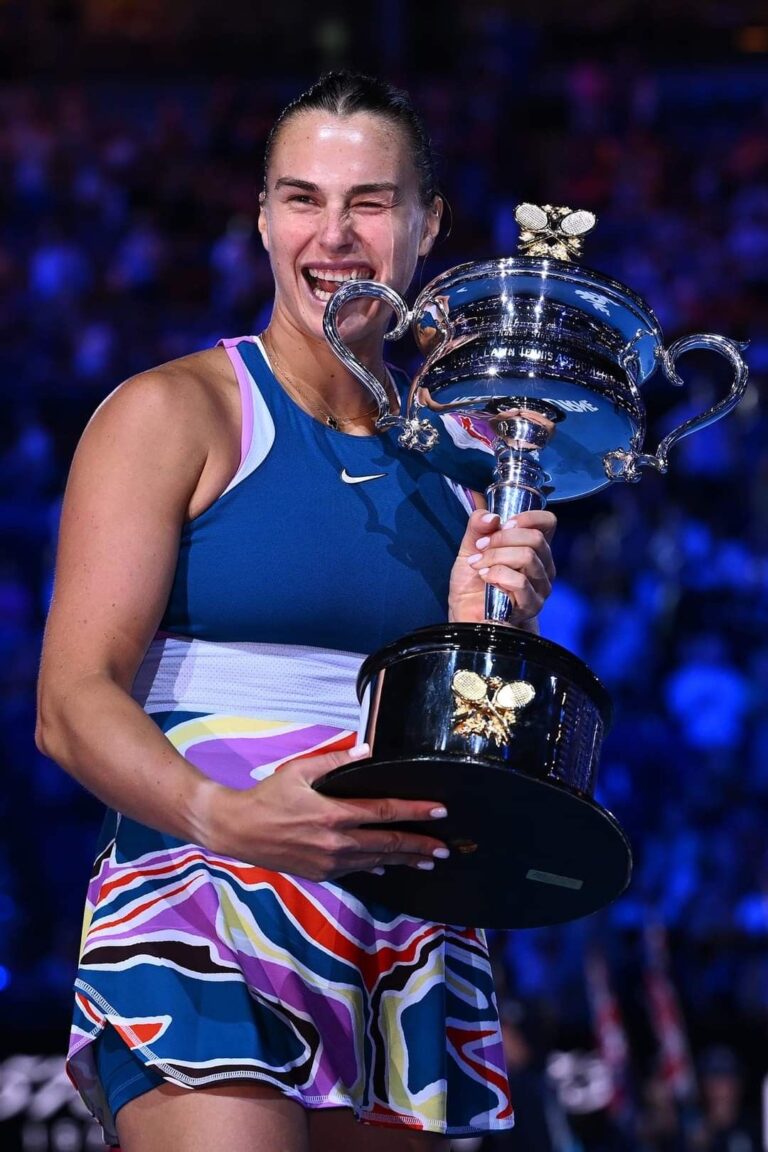Equestrian Sports: Why the Thrill Is Worth Every Penny
Cihan Bozanoglu, a two-time Istanbul regional champion, Turkish national champion, and winner of numerous other smaller competitions, recently almost left the world of equestrian sports, facing challenges known only to the most dedicated riders. Despite the growing popularity of sports like NFL, padel and even esports (currently being considered by the Olympic Committee in Lausanne), horse racing and show jumping still hold their ground, attracting loyal fans and substantial money. According to Cihan: “Today, equestrian sports have numerous major sponsors such as Hermes, Longines, Rolex, and others, which definitely help maintain its popularity. Moreover, as cities grow, people increasingly seek an escape into nature, further supporting interest in this sport.”
Not long ago, Bozanoglu was ready to sell his stable due to complete burnout: “I work seven days a week, and even on Mondays, when horses officially have a day off, I can’t rest,” he admits with a smile. Cihan was so exhausted he even began searching for a buyer and offered a “bonus”—a stable manager who would handle the daily operations for the new owner. However, he suddenly changed his mind and decided to build a restaurant right inside the stable. Was this a clever move to increase business value or newfound inspiration?
According to the international equestrian magazine Horse & Hound, maintaining a stable is not just romantic but also incredibly expensive. The cost of a single pedigree sports horse from European bloodlines (Dutch Warmblood, Westphalian, French Selle) ranges from €30,000 to €500,000. The monthly expenses for running a medium-sized stable can reach €15,000–€20,000, including feed, care, staff salaries, and veterinary services. Participation in international competitions costs owners an additional €5,000–€10,000 per event.

Equestrian sports in Spain reached their peak popularity in the mid-20th century, when competitions and traditional equestrian festivals were integral to cultural life. Over time, mainstream sports—football, tennis, and basketball—pushed equestrian sports into the background. Nevertheless, horseback riding remains relevant due to cultural traditions and prestigious events like Madrid’s International Horse Show, SICAB.
“My morning starts at 7:00—I walk my dog, have an espresso, and immediately head to the stable. This is my daily routine, even on Sundays,” laughs Cihan, confirming that the life of a rider and rest are incompatible concepts. Although from the outside, his life might seem like “Groundhog Day” on an American farm, in reality, it is much more interesting—one must both earn money and invest in horses. Some view urban riding clubs, horse rentals, or virtual simulators as more affordable and trendy alternatives. But for those seriously aiming to compete in major tournaments, the traditional stable remains indispensable.
Bozanoglu admits he prefers working with young and ambitious riders: “A beginner is always a risk—you never know if they’ll quit after a month or become a future star. A rider who is already competing will likely ride their entire life, buying new horses and spending money on competition trips, which is much more enjoyable for the wallet,” he jokes.
Regarding the relationship between rider and horse, Cihan doesn’t miss the opportunity to joke: “A mare is like a woman—if she’s not in the mood, forget about training. Stallions are typical rebellious teenagers, and geldings are the golden retrievers of the horse world, just more expensive and with better appetites. Despite high costs, Cihan finds joy in simple moments: “The perfect Sunday is good weather and riding horses in the forest. It’s both physical relaxation and therapy.” While some count their money and opt for virtual entertainment, Cihan and thousands of other riders stubbornly remain in the saddle because, as it turns out, loving horses is easier than giving them up.
All rights reserved : Svetlana Alter




